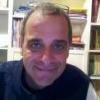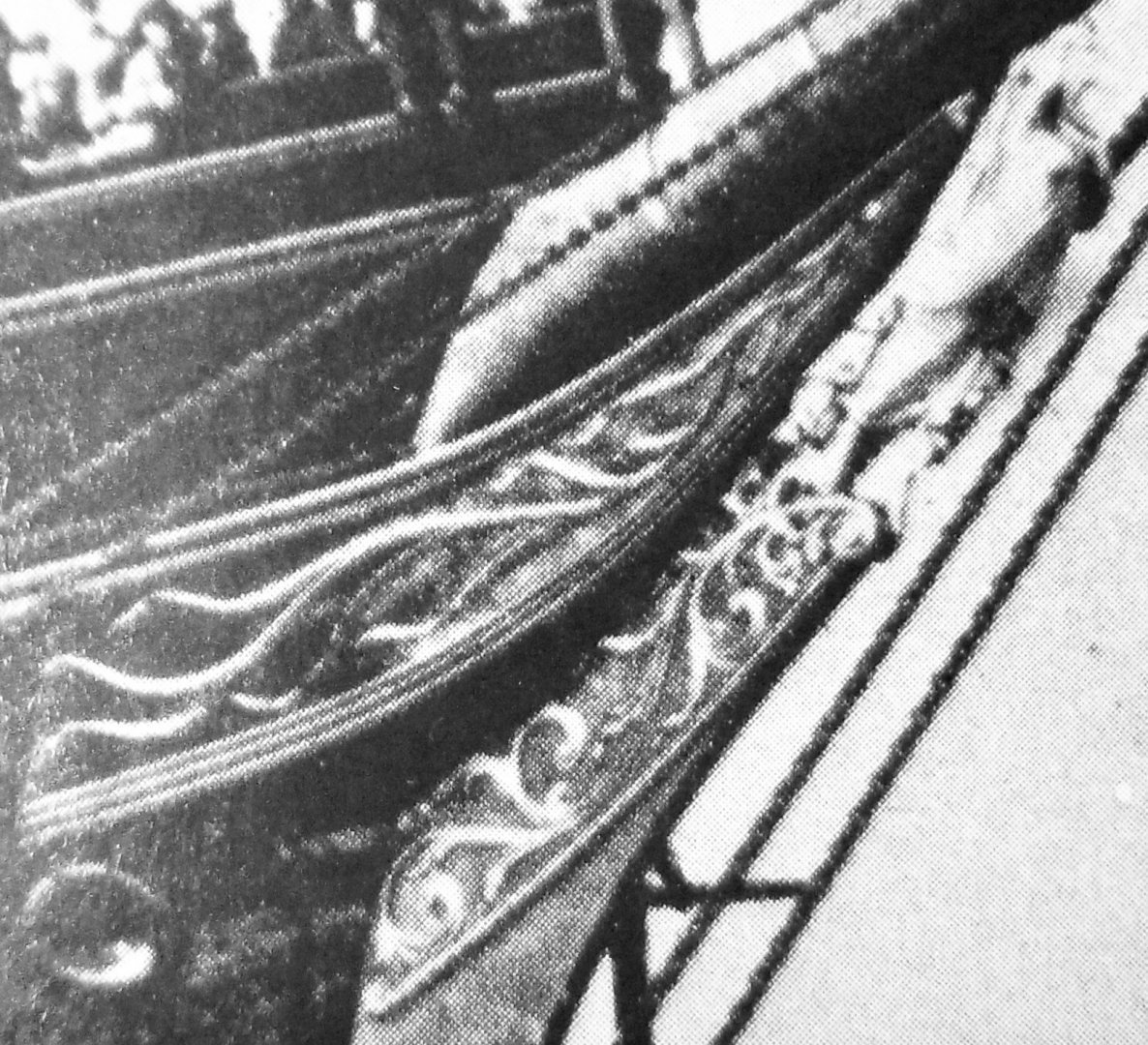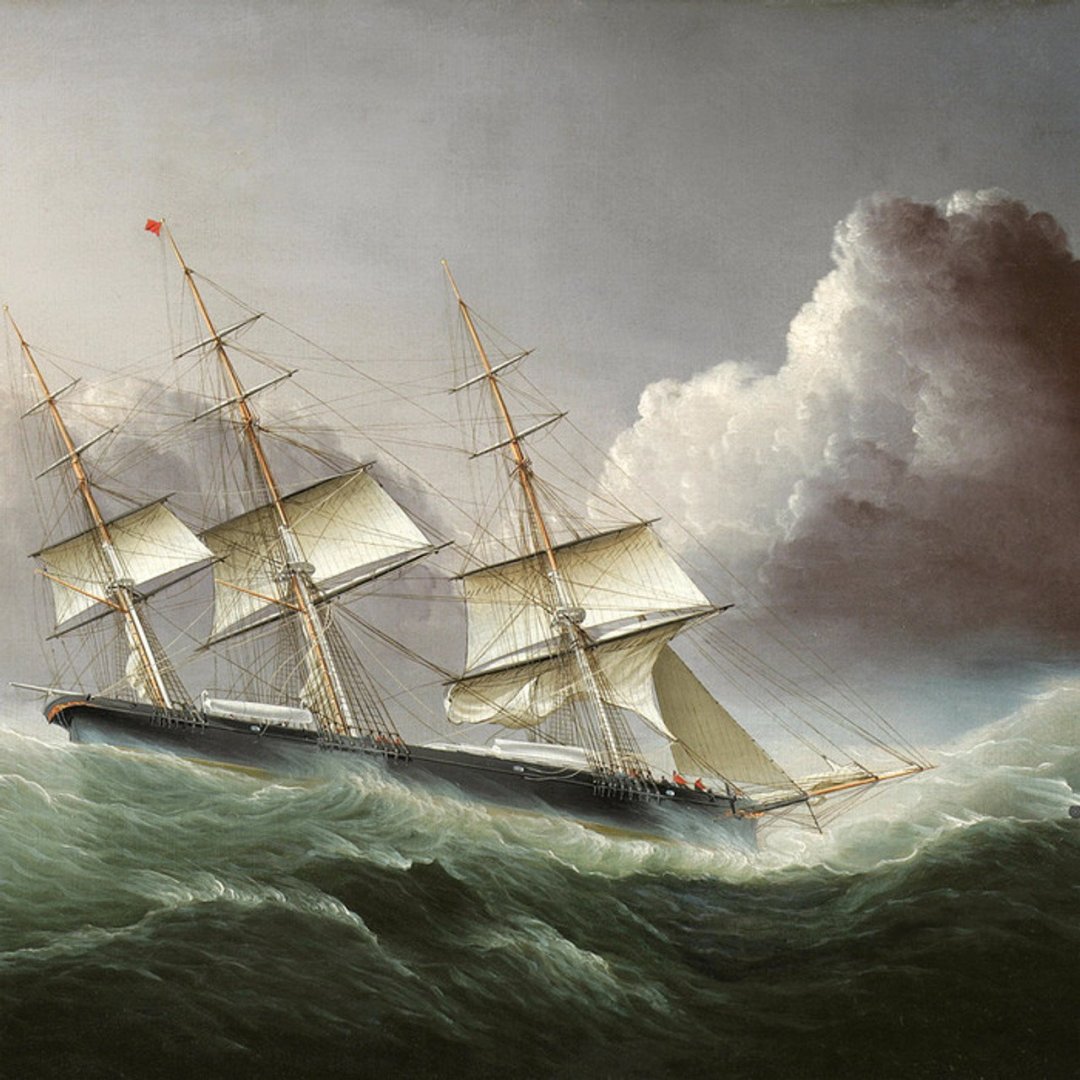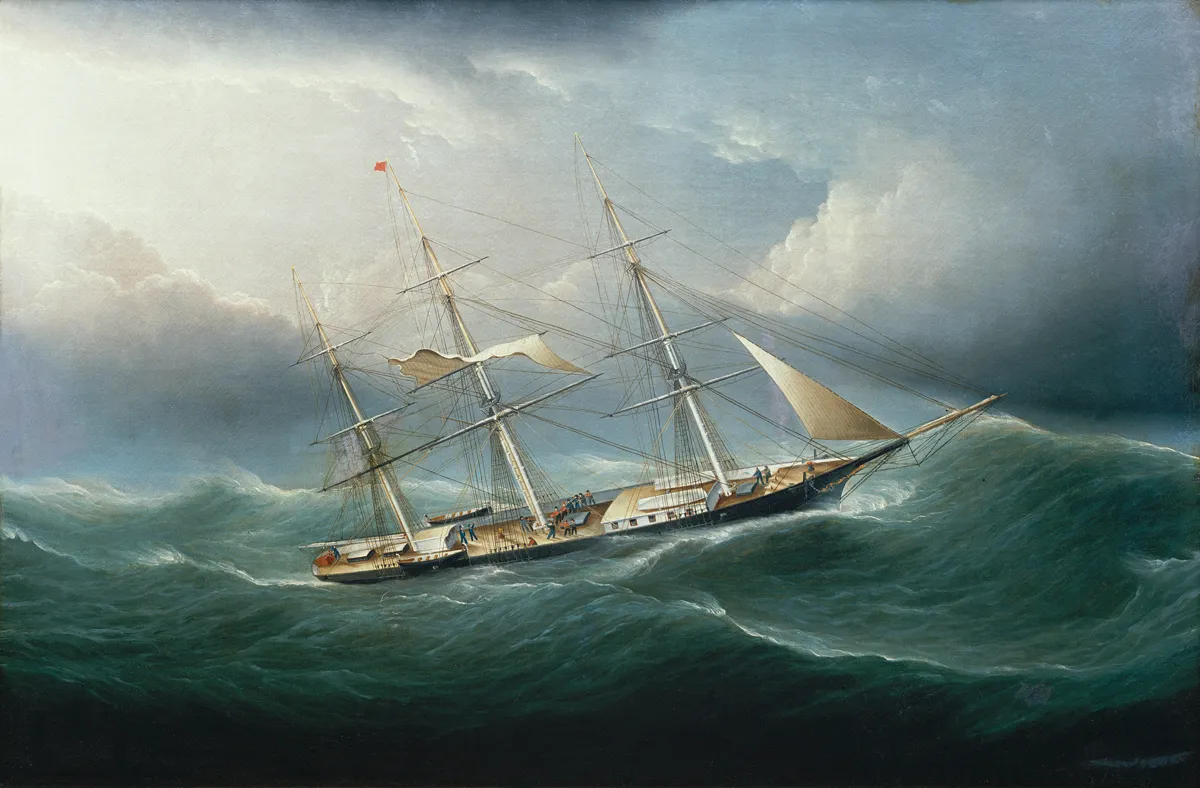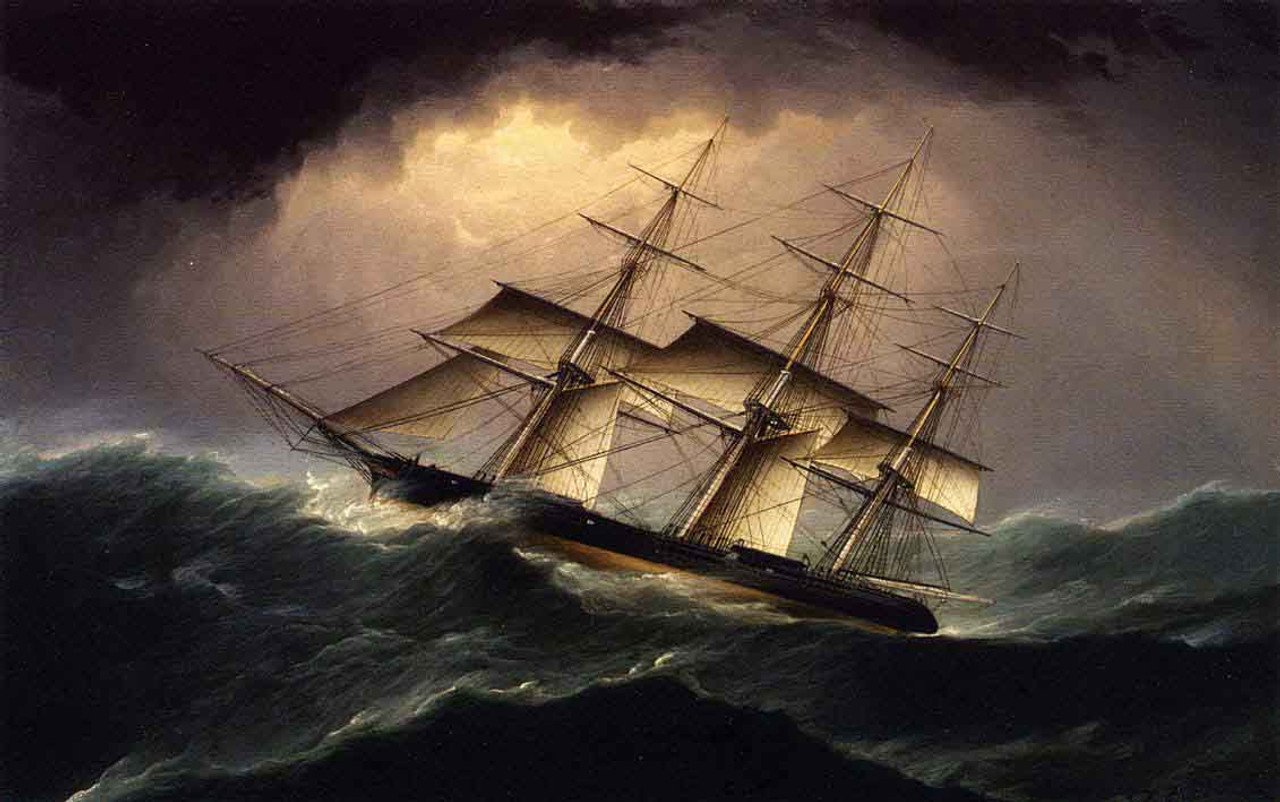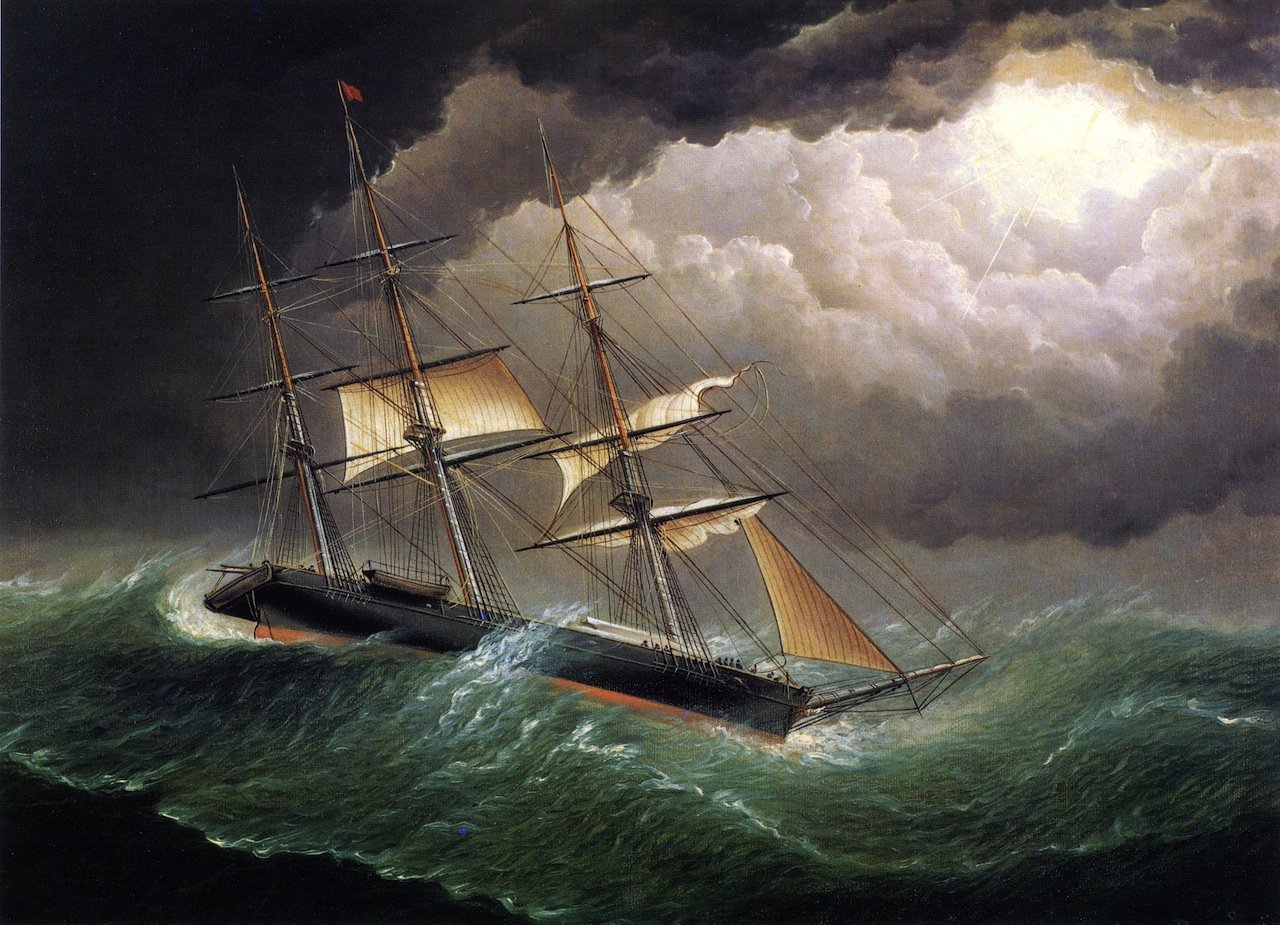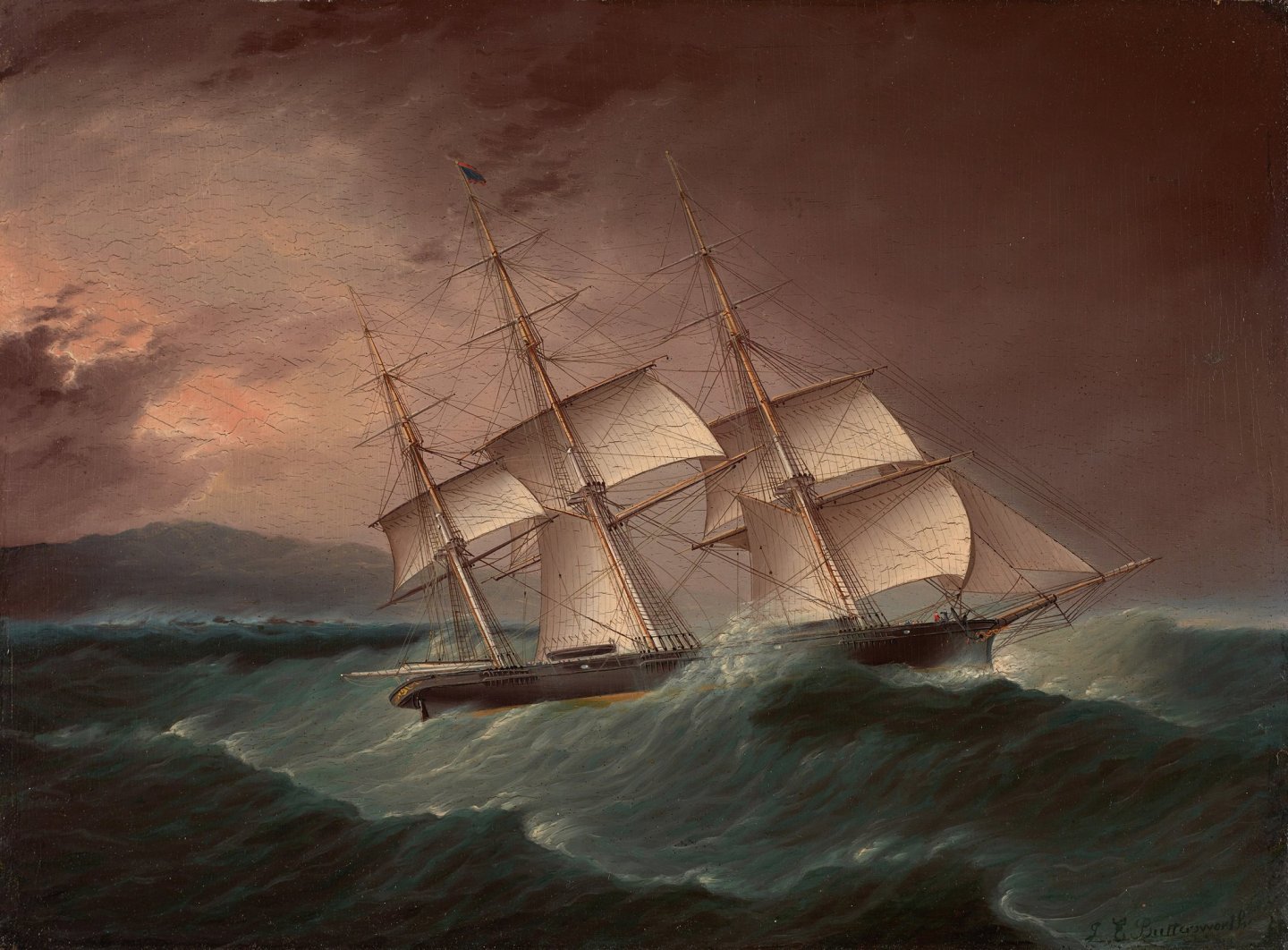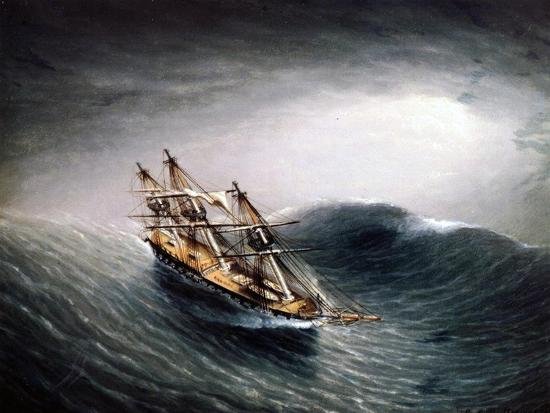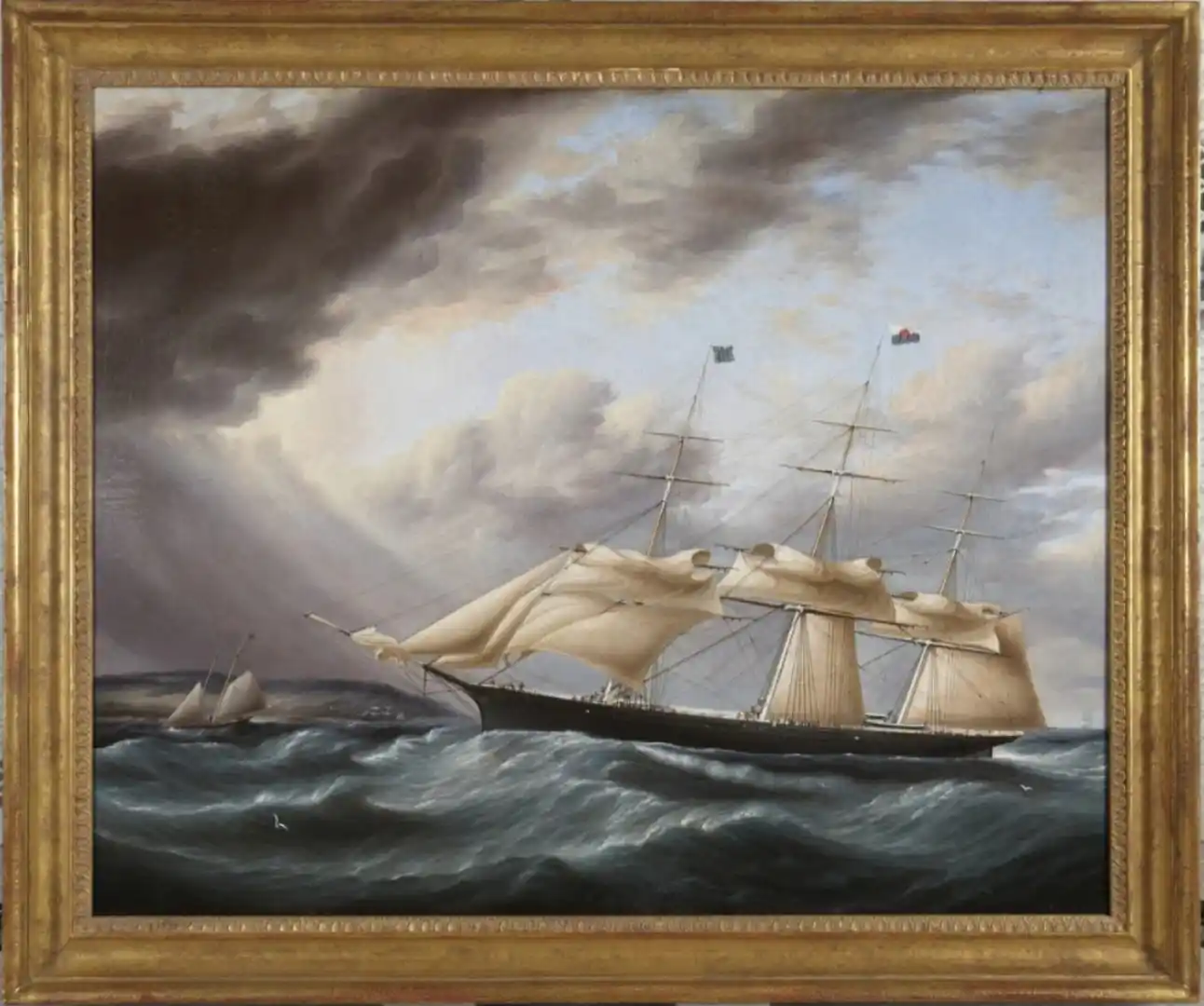-
Posts
5,518 -
Joined
-
Last visited
About rwiederrich

- Birthday 01/22/1962
Profile Information
-
Gender
Male
-
Location
Bremerton Washington
-
Interests
Building Clipper ship models, Astronomy, telescope building, model railroading....
Recent Profile Visitors
-
 druxey reacted to a post in a topic:
HMCSS Victoria 1855 by BANYAN - 1:72
druxey reacted to a post in a topic:
HMCSS Victoria 1855 by BANYAN - 1:72
-
 Glen McGuire reacted to a post in a topic:
HMCSS Victoria 1855 by BANYAN - 1:72
Glen McGuire reacted to a post in a topic:
HMCSS Victoria 1855 by BANYAN - 1:72
-
 Keith Black reacted to a post in a topic:
HMCSS Victoria 1855 by BANYAN - 1:72
Keith Black reacted to a post in a topic:
HMCSS Victoria 1855 by BANYAN - 1:72
-

HMCSS Victoria 1855 by BANYAN - 1:72
rwiederrich replied to BANYAN's topic in - Build logs for subjects built 1851 - 1900
Pat...I am thrilled you are feeling and getting better. The news of your returning to the hobby that you love is very encouraging to me. I pray your Christmas will be all it can be for you with your beautiful grandbabies. I look forward to seeing input once again on Victoria. I might be through my doldrums as well, and look forward to joining you. Your mate.. Rob- 1,013 replies
-
- gun dispatch vessel
- victoria
-
(and 2 more)
Tagged with:
-
 rwiederrich reacted to a post in a topic:
Flying Fish by Michael Collins - 1:36.7 - from 1951 Model Shipways plans
rwiederrich reacted to a post in a topic:
Flying Fish by Michael Collins - 1:36.7 - from 1951 Model Shipways plans
-
 ClipperFan reacted to a post in a topic:
Flying Fish by Michael Collins - 1:36.7 - from 1951 Model Shipways plans
ClipperFan reacted to a post in a topic:
Flying Fish by Michael Collins - 1:36.7 - from 1951 Model Shipways plans
-
Your presentation is customarily informative Rich. Getting folks to realize that McKay's final clipper embodies the entirety of his clipper design. Apart from her hull proportions and deadrise....the bow/cutwater/hood ingenious design was a common structural feature On all of McKay's clippers. The initial statement of Duncan McLean declaring that Staghound(McKay's first clipper) exhibited a unique design feature never before seen on such models and was a precedent setter. McKay never included this feature on any of his design drawings to protect it from being copied. Every other clipper made...by every other designer/builder...lacked this unique structure(Hood). Rob
-
This can be stated as truth. Most records were established during long stints of strong steady weather. The occasional squall and tempest only contributed to calculating overall 24 hour periods....for establishing nautical miles traveled. Setting and striking sails to optimize overall speed was a common and safe practice. Clipper captains were notorious for pushing the envelope...letting out more sail when prudently it was a dangerous move. However, the promise of monetary gain and the prestige of setting a record associated with their name fueled the practice. Paintings of clippers with a full set of sails, to include stunsails, set generally happened in the tropics and when fair breezes beset them, and even then, many skysails were furled to protect their fragility. Notice this famous painting of Glory of the Seas being chased by Young America. Both with reduced sky and royals...to protect against demasting...during a brisk squall. Rob
-
 Jared reacted to a post in a topic:
Flying Fish by Michael Collins - 1:36.7 - from 1951 Model Shipways plans
Jared reacted to a post in a topic:
Flying Fish by Michael Collins - 1:36.7 - from 1951 Model Shipways plans
-
The key element on all of these paintings is the large single topsail. This clue, alone shows us that these vessels were painted before they received their upgrades to the Howes double topsail design. In many cases the area covered by these four sails....ie...main, topsail, topgallant, royal, was sufficient to propel the vessel at a moderate 10~15 knots. It is true, many captains reduced the skysail/yard to reduce stress on the mast....but most paintings we see do not depict vessels in such a dreadful affair. Some paintings that do depict such an extreme weather condition, also show damage to royal and topgallant masts...not to mention loss of said yards and sails. Hauling down skysail yards were a routine practice....however, some first hand descriptions from Duncan McLean, report that many of McKay clippers were originally only fitted out with royals. One can assume, skysails were added later to aid in achieving greater speed. Clipper Lightning achieved some of her record speeds, while missing her skysails during a particularly horrific passage. When modeling any one particular vessel...it would not be inaccurate to depict her with or without skysails. Dependent, on the era you are modeling your clipper. I would fully encourage anyone not familiar with Donald McKay's remarkable naval hoods, to look up clipperfan..(Richard Jones), for his full explanation and research on the matter. He and I both agree...McKay built all of his clippers with this structural feature. It was his trade secret and he even asked artist to not paint it on his vessels to, in essence not reveal it to any competitor. There is much evidence provided by Duncan McLean in his first hand accounts to verify the structures presence on McKay clippers. Glory of the Seas is a fine example. We have loads of evidence this fact s true, if one cares to dig deep enough to find it. The simple fact that model kit designers leave it off their kits, is evidence they are not familiar with Donald McKay's ingenious design and application. Following paintings of the time cannot be your only source. Enjoy. Rob
-
 uscharin reacted to a post in a topic:
Cutty Sark by uscharin - Sergal - 1:78
uscharin reacted to a post in a topic:
Cutty Sark by uscharin - Sergal - 1:78
-
It's your build log....so misdirection can be as fun as the topic. I'd simply like to say, you've done wonderfully on her...and in sucha large scale too. Can't hide any details....or missteps. your rendition is magnificent. Have you not discovered the unique McKay naval hood discussion? Most model designers simply glue the figureheads of FC and FF against the cutwater, under the bowsprit. McKay developed a unique *Hood*, that secured the cutwater to the stem providing extreme rigidity and provided a sturdy pedestal for the figurehead to rest up against. Note McKay's famous last clipper....Glory of the Seas, to see this unique fixture. It was unique to McKay clippers. One of his *secret* design features. Rob
-
Wonderful....just wonderful. You're going about this all too precisely. . I'm very much impressed with your application and skill. This scale lends itself well to your ability to replicate details accurately. One reason why I stick with 1/96. My patience and laziness find their limits there. Rob
- 101 replies
-
- Cutty Sark
- Sergal
-
(and 1 more)
Tagged with:
-
 Snug Harbor Johnny reacted to a post in a topic:
Cutty Sark by uscharin - Sergal - 1:78
Snug Harbor Johnny reacted to a post in a topic:
Cutty Sark by uscharin - Sergal - 1:78
-
 uscharin reacted to a post in a topic:
Cutty Sark by uscharin - Sergal - 1:78
uscharin reacted to a post in a topic:
Cutty Sark by uscharin - Sergal - 1:78
-
 Kenchington reacted to a post in a topic:
Cutty Sark by uscharin - Sergal - 1:78
Kenchington reacted to a post in a topic:
Cutty Sark by uscharin - Sergal - 1:78
-
 hof00 reacted to a post in a topic:
Flying Cloud 1851 by hof00 - Mamoli - 1/96 - American clipper
hof00 reacted to a post in a topic:
Flying Cloud 1851 by hof00 - Mamoli - 1/96 - American clipper
-
Thanks Trever.........your description is spot on. However accurate,.... that description was not my point. Observers today, only have CS as their reference point. Not knowing, that as amazing as she is...compared to American clippers, She would not command said amazement, if there where an American clipper available to float next to her. She would be dwarfed by the shadow of her American sister. Similarly,... large refractor telescopes draw more emotion and amazement...then similar aperture reflector telescopes, set up on the same field. Designed for different viewing, but still, the long focal length refractor will command greater adoration. Oh....just a side note. Donald McKay felt his designs were most advantageous for the tea trade as well....knowing, British owners,(who purchased many of his clippers), would eventually use the vessel for said trade. It's just one of many opinions I have.😁 Rob
- 101 replies
-
- Cutty Sark
- Sergal
-
(and 1 more)
Tagged with:
-
Your build of CS is masterful. your attention to detail is second to none. I am amazed at just how small she was compared to her Larger American sisters. Rob
- 101 replies
-
- Cutty Sark
- Sergal
-
(and 1 more)
Tagged with:
-
Sorry to hear the lower channels didn't work out for you...though I do see them used in your mock-up. I'm still not clear on how they are trouble for you....but to each his own. Each modeler is guided by the level of authenticity they are able to tackle. Personally, I draw the line at being a purist, by being captive to only using wood for the construction of my models. I use whatever suites me. Knowing full well that a good coat of paint will disguise whatever sacrilegious material I employed. Your model is stellar and you have constructed her skillfully. Rob
- 192 replies
-
- Flying Cloud
- Mamoli
-
(and 1 more)
Tagged with:
-
I concur that she had 5 yards per mast...generally. Lowering skysail yards and all the rigging associated with it was a difficult task....not to mention, done hastily during a sudden squall or during a stretch of severe weather. It was a common practice to do so when entering long stints of extreme weather....namely rounding the horn.....or below the 49th parallel, .to reduce these fixtures to prevent the trouble of demasting. In lighter fair...(Tropics), these yards, along with stunsail booms were added to capture the slightest of breezes. Both of these Buttersworth paintings depic, vessels in squalls or extreme weather. Hence the shortened rig. One last note: When many of McKay's vessels were originally launched, they were only rigged with the highest being Royals...because the area was the same...just, that the sails were larger. As sail plans and designs evolved...double topsails were added, topgallants, even upper and lower topgallants, royals with skysails and extreme moon sails topped off the plan. Crazy. Rob
-
Trever. Unlike reefing double topsails...a large single topsail, was reduced in size, by lowering the topsail yard...nearly too, or upon the top cap. This permitted the sail to be reefed via the reef tackle, drawing the sail up to the lowered topsail yard, causing the upper half of the sail to flop over the lower half of the sail....reducing its effect. this same action was produced by splitting the sail into *Upper and Lower* topsails...via the Forbes and then the Howes double topsail designs. In this painting, Buttersworth depicts this single topsail reefing quite accurately. Once the vessel has slowed sufficiently to allow the pilot to board....the topsail was released from reef and was fully set to again clip along nicely. This vessel has only 4 yards per mast. Main course, topsail, topgallant, royal. I plan on recreating my Staghound in this arrangement. Rob
About us
Modelshipworld - Advancing Ship Modeling through Research
SSL Secured
Your security is important for us so this Website is SSL-Secured
NRG Mailing Address
Nautical Research Guild
237 South Lincoln Street
Westmont IL, 60559-1917
Model Ship World ® and the MSW logo are Registered Trademarks, and belong to the Nautical Research Guild (United States Patent and Trademark Office: No. 6,929,264 & No. 6,929,274, registered Dec. 20, 2022)
Helpful Links
About the NRG
If you enjoy building ship models that are historically accurate as well as beautiful, then The Nautical Research Guild (NRG) is just right for you.
The Guild is a non-profit educational organization whose mission is to “Advance Ship Modeling Through Research”. We provide support to our members in their efforts to raise the quality of their model ships.
The Nautical Research Guild has published our world-renowned quarterly magazine, The Nautical Research Journal, since 1955. The pages of the Journal are full of articles by accomplished ship modelers who show you how they create those exquisite details on their models, and by maritime historians who show you the correct details to build. The Journal is available in both print and digital editions. Go to the NRG web site (www.thenrg.org) to download a complimentary digital copy of the Journal. The NRG also publishes plan sets, books and compilations of back issues of the Journal and the former Ships in Scale and Model Ship Builder magazines.



